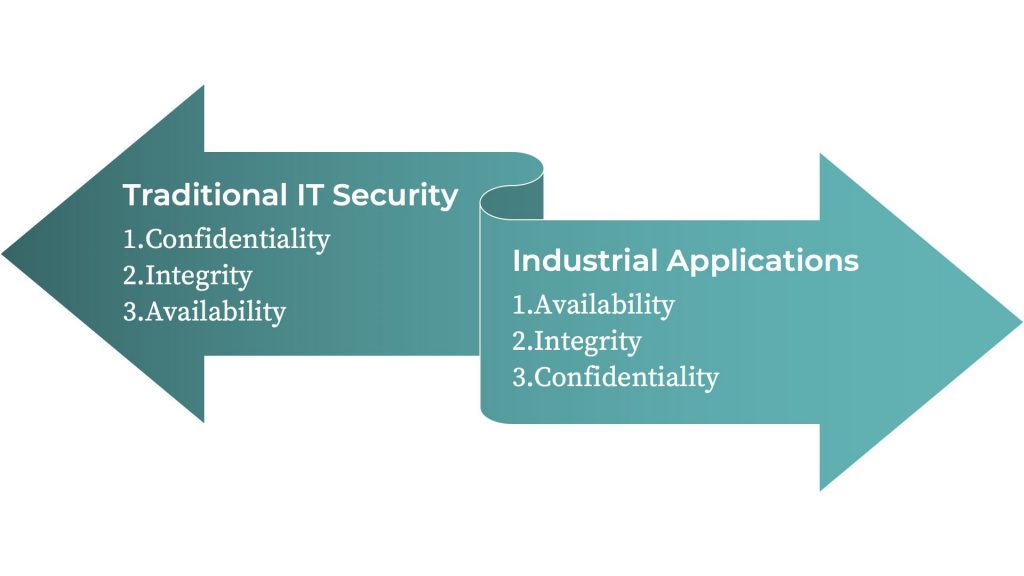Private 5G Networks – Making Secure Wireless Factory Automation A Reality
Several announcements in recent months by mobile network operators and industrial verticals clearly show that businesses are eager to utilize 5G for local deployments. Discrete manufacturing, process industry, and logistics – all of these sectors stand to benefit from this emerging technology, if implemented securely. In its latest whitepaper, wenovator explores what it takes to ensure holistic security in private 5G networks.
Private or non-public networks are as diverse as the use cases they are serving. The 5G standard distinguishes Standalone Non-Public Networks (SNPNs) and Public Network Integrated Non-Public Networks (PNI NPNs). Put simply, SNPNs are logically and physically isolated from existing mobile networks, while PNI NPNs utilize public communication infrastructure to a varying degree. Which option to go for is a decision that should be determined by the acceptable invest, required control over the complete system and degree of customization.
One thing that industrial applications have in common is a very particular set of priorities concerning the security objectives. More than anything else, safety is vital whenever machinery operates alongside human workers or handles hazardous materials. For the underlying network connecting individual system components, that means first and foremost ensuring availability, low-latency, and integrity of transferred information.

5G introduces a number of enhancements that cater specifically to the security and safety requirements of industrial applications. From reliability and latency improvements to support for the Time Sensitive Networking (TSN) standard, the toolbox the latest 3GPP Release 16 offers is well equipped to serve a wide range of industrial applications.
However, features alone do not guarantee end-to-end security. Critical, industrial applications require a holistic security concept to adequately protect its users, the network, and the data transferred. Such concept must go beyond what is written in the 5G specifications and address the challenges that go along with deploying, operating, and maintaining a wireless network – challenges that are never solely of technical nature, but equally concern organizational and operational controls.
The complete whitepaper on Enablers and Challenges of Secure Private 5G Networks can be downloaded for free on the wenovator website. You can also reach the wenovator team directly for further details at contact@wenovator.com.
Hans Christian Rudolph
Experienced security professional in the field of telecommunications. Fortunate to have been involved in both in3GPP standards development as well as in building real-world mobile networks from scratch. Currently focussed oncore network security, roaming security and fraud prevention.


Pingback: Drill Down into the EU Toolbox for 5G Security - Cybersecurity Magazine